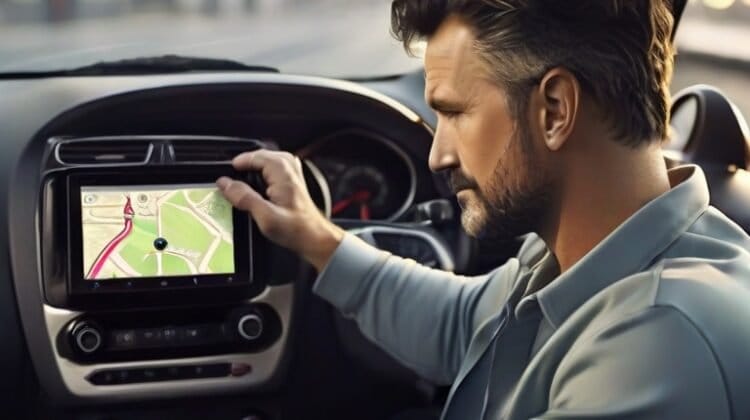
The Fallacy in Blindly Trusting GPS: Navigating the Pitfalls
[lwptoc]
Introduction
In an age of advanced technology, Global Positioning Systems (GPS) have become an integral part of our lives. From guiding us through unfamiliar territory to helping us find the nearest coffee shop, GPS has undoubtedly revolutionized the way we navigate the world. However, it is crucial to recognize the fallacy in blindly trusting GPS as the sole source of direction. While convenient and often reliable, GPS devices are not infallible, and their limitations can lead us astray if we fail to exercise critical thinking and situational awareness.
1. Overreliance on GPS: A Blind Trust
As humans, we are prone to trusting technology blindly. The ease and convenience of GPS often lead us to rely solely on its guidance, disregarding traditional maps or other navigational aids. This overreliance can be dangerous, especially when we encounter unexpected situations or technological glitches.
2. Inaccurate Mapping and Outdated Information
GPS devices rely on preloaded maps or digital mapping services, constantly being updated to reflect road changes and new constructions. However, inaccuracies and outdated information can persist, potentially leading us into unfamiliar or even unsafe areas. It is essential to cross-verify GPS instructions with other sources and trust our own judgment.
3. Misinterpretation of Directions
GPS instructions can sometimes be misleading or misinterpreted. For instance, poorly labeled exits or ambiguous phrasing can easily confuse drivers, causing them to take incorrect turns. Understanding the limitations of GPS and double-checking directions against visual cues and road signs can prevent unnecessary detours or frustration.
4. Dependence on Connectivity and Signal Strength
GPS devices rely on satellite signals and require an adequate level of connectivity to function optimally. In remote areas, tunnels, or densely populated urban environments, signal interference can occur, leading to delayed or inaccurate directions. It is essential to anticipate potential signal disruptions and have alternative means of navigation available.
5. Lack of Real-time Traffic Updates
Although some GPS systems offer real-time traffic updates, these features are not always foolproof. The accuracy of traffic data can vary, and unexpected incidents or construction work may not be promptly reflected. This can result in unnecessary delays or detours, underscoring the importance of staying informed about local traffic conditions through additional sources.
6. The Human Element: Judgment and Situational Awareness
GPS devices lack the human element of judgment and situational awareness, which are essential for safe and efficient navigation. Circumstances such as road closures, accidents, or unfavorable weather conditions require adaptability and critical thinking beyond what GPS can provide. Trusting our own instincts and augmenting GPS instructions with common sense can prevent potential mishaps.
Conclusion
While GPS technology has undoubtedly transformed the way we navigate, it is vital to approach it with a critical mindset. Blindly trusting GPS as an infallible source of guidance can lead us astray and compromise our safety. By acknowledging the limitations of GPS, cross-referencing information, and staying attentive to our surroundings, we can navigate confidently and effectively, ensuring a smoother journey in the modern age of technology.
Podcast: Play in new window | Download (Duration: 17:32 — 24.1MB)
